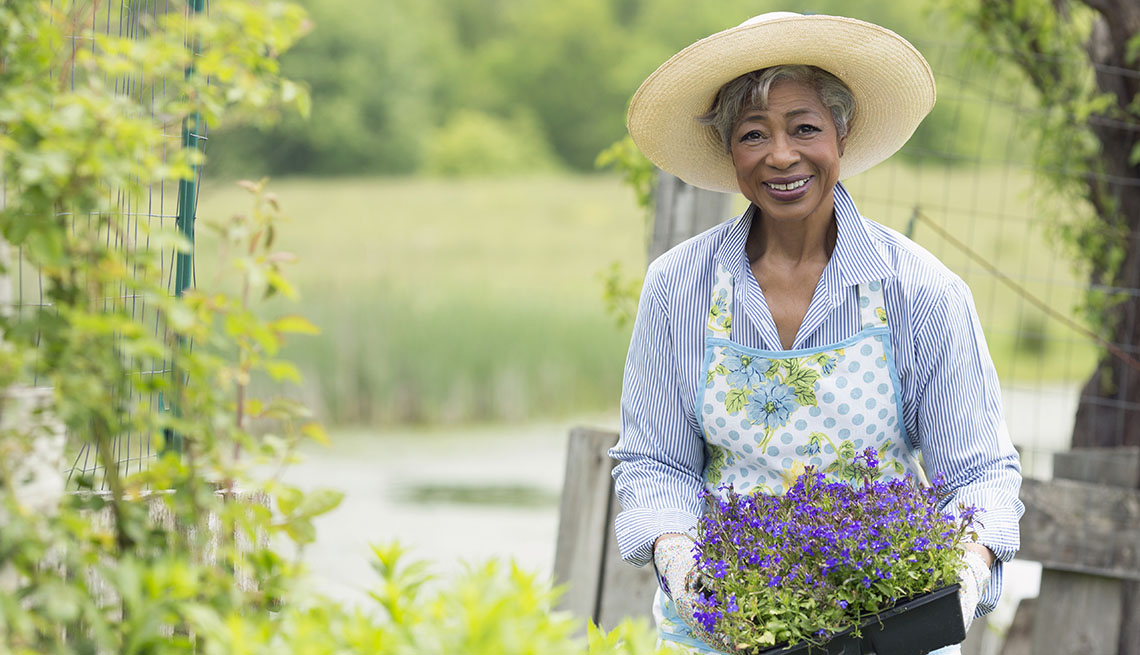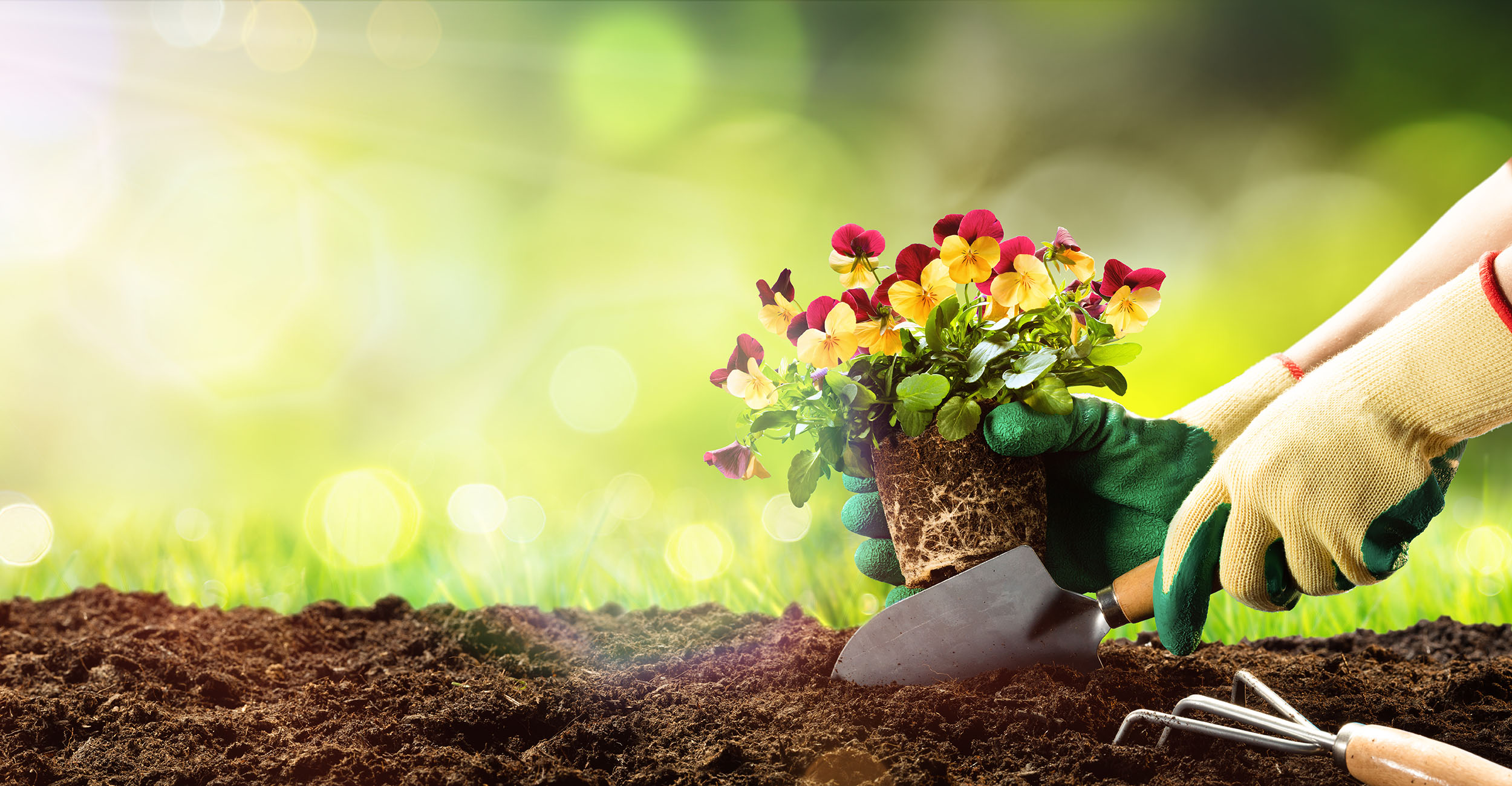Grow into Spring: Newbie Gardening 101 for Expanding a Vivid Garden Oasis
Wiki Article
From Novice to Environment-friendly Thumb: A Step-by-Step Trip Via the Art of Gardening

Comprehending Your Gardening Room
To begin your gardening trip, it is important to recognize the special features and limitations of your gardening room. Are there any kind of specific difficulties you may face, such as inadequate dirt high quality or minimal water schedule? Comprehending these elements will certainly aid you make informed decisions about the types of plants that will flourish in your room.Think about the size of your gardening location. You might need to concentrate on container gardening or vertical gardening to optimize your expanding area if you have a small room. On the various other hand, if you have a big area, you have the high-end of growing a range of plants and producing different areas within your yard.
Next, review the quantity of sunlight your area receives. This will determine which plants will thrive and which ones may have a hard time. If your area is shaded, you can choose shade-loving plants like brushes or hostas. If your area obtains full sunlight, you can expand a broad array of plants, consisting of natural herbs, veggies, and blossoms.
Last but not least, consider any kind of challenges or limitations certain to your area. You might need to modify it with garden compost or select plants that are forgiving of less-than-ideal problems if your soil high quality is poor. You can decide for drought-tolerant plants or apply water-saving strategies like mulching. if water is limited.
Selecting the Right Plants for Your Yard
Select plants that are appropriate to your garden's one-of-a-kind problems and your personal preferences. When choosing plants for your yard, it is necessary to think about variables such as sunshine, dirt type, and environment. Have a look at the amount of sunshine your yard obtains throughout the day. Some plants flourish completely sun, while others like partial and even complete shade. Think about the dirt kind in your yard too. Some plants favor well-drained dirt, while others grow in clay-like or wet soil. Additionally, think about the environment in your location. Some plants are much better matched for completely dry and hot environments, while others can withstand colder temperature levels.It's additionally worth taking into consideration the maintenance level of the plants you choose. Some plants require even more care and attention, while others are more low-maintenance.
Preparing the Dirt for Planting
A lot of plants prefer a somewhat acidic to neutral pH, around 6.0 to 7.0. Inadequately drained soil can lead to water logged roots and various other plant health problems. By assessing and making required amendments to your dirt, you can develop an optimum setting for your plants to thrive.Nurturing and Preserving Your Yard
Make certain to sprinkle your plants deeply, enabling the water to penetrate the soil and get to the origins. Normal weeding is also crucial to keep your yard complimentary from undesirable plants that complete for nutrients and area. Frequently inspect your plants for any kind of indicators of invasion or illness and take instant action to prevent additional damage.Troubleshooting Common Gardening Issues
To attend to usual gardening problems, beginning by identifying the issue and taking immediate action. Among the most typical issues garden enthusiasts encounter is pests. You may have a pest problem if you see eaten fallen leaves or plants that are shriveling for no evident reason. Check your plants carefully for signs of bugs or other parasites. If you detect any kind of, remove them manually or https://www.newbiegardening.com utilize organic pest control approaches. Another usual trouble is vitamins and mineral shortage. If your plants have yellow or discolored fallen leaves, they might not be obtaining adequate nutrients. Think about fertilizing your soil or adding compost to enhance its nutrient web content. Overwatering is another problem that can hurt your plants. If you see waterlogged soil or wilting despite adequate watering, you may be overwatering. Change your watering schedule appropriately and guarantee appropriate drain. Ultimately, disease can likewise affect your yard. If you see places, mold, or uncommon development on your plants, it might be an indicator of disease. Remove affected plants and deal with the remaining ones with organic fungicides or chemicals. By immediately resolving these typical problems, you can ensure the health and success of your garden.Conclusion
By understanding your horticulture space, choosing the right plants, preparing the dirt, and nurturing your yard, you have actually gotten rid of typical gardening issues like a pro. Currently, armed with understanding and experience, you are ready to delight in the appeal and abundance of your prospering yard.
When choosing plants for your garden, it is vital to take into consideration factors such as sunshine, soil type, and climate. Some plants choose well-drained soil, while others grow in moist or clay-like dirt (newbie gardening). By recognizing your horticulture area, choosing the right plants, preparing the soil, and supporting your garden, you have actually overcome usual horticulture concerns like a pro
Report this wiki page